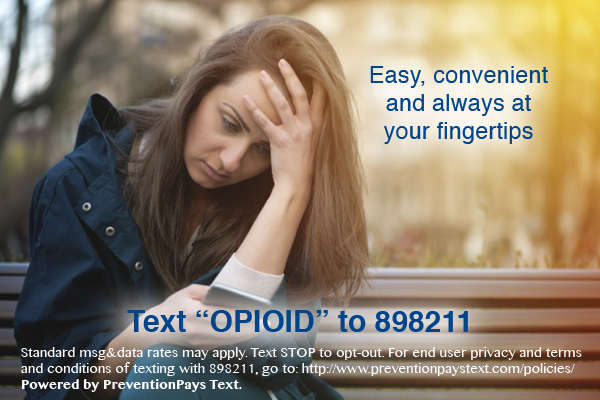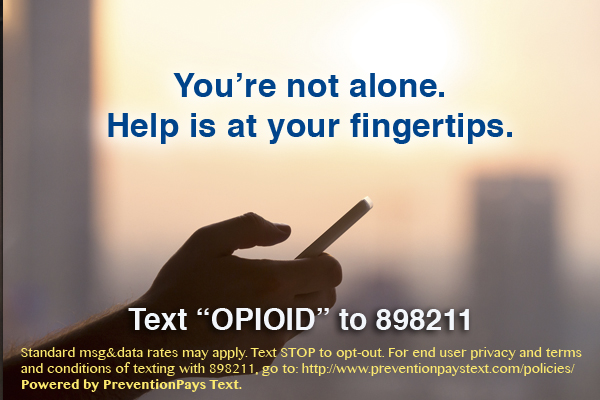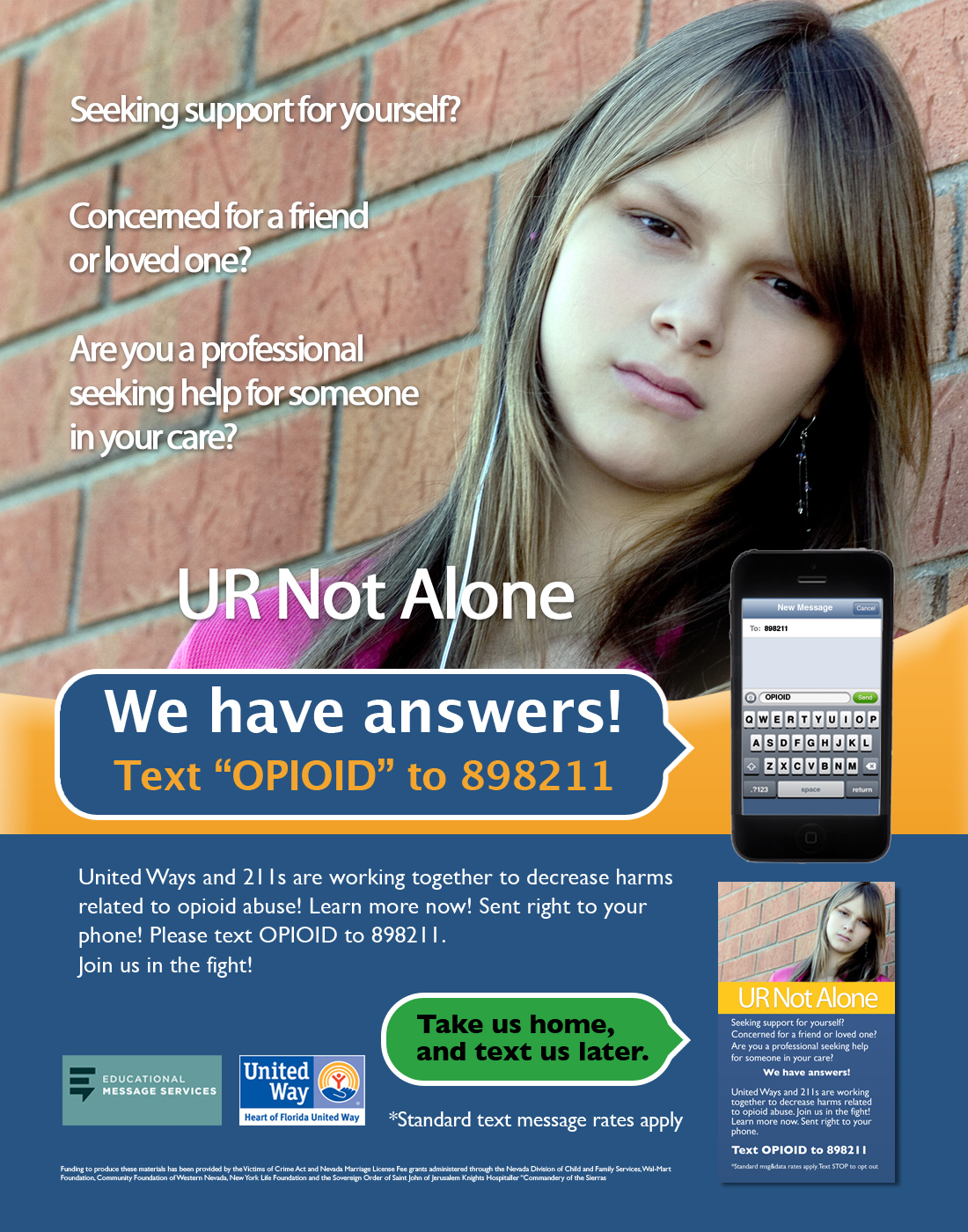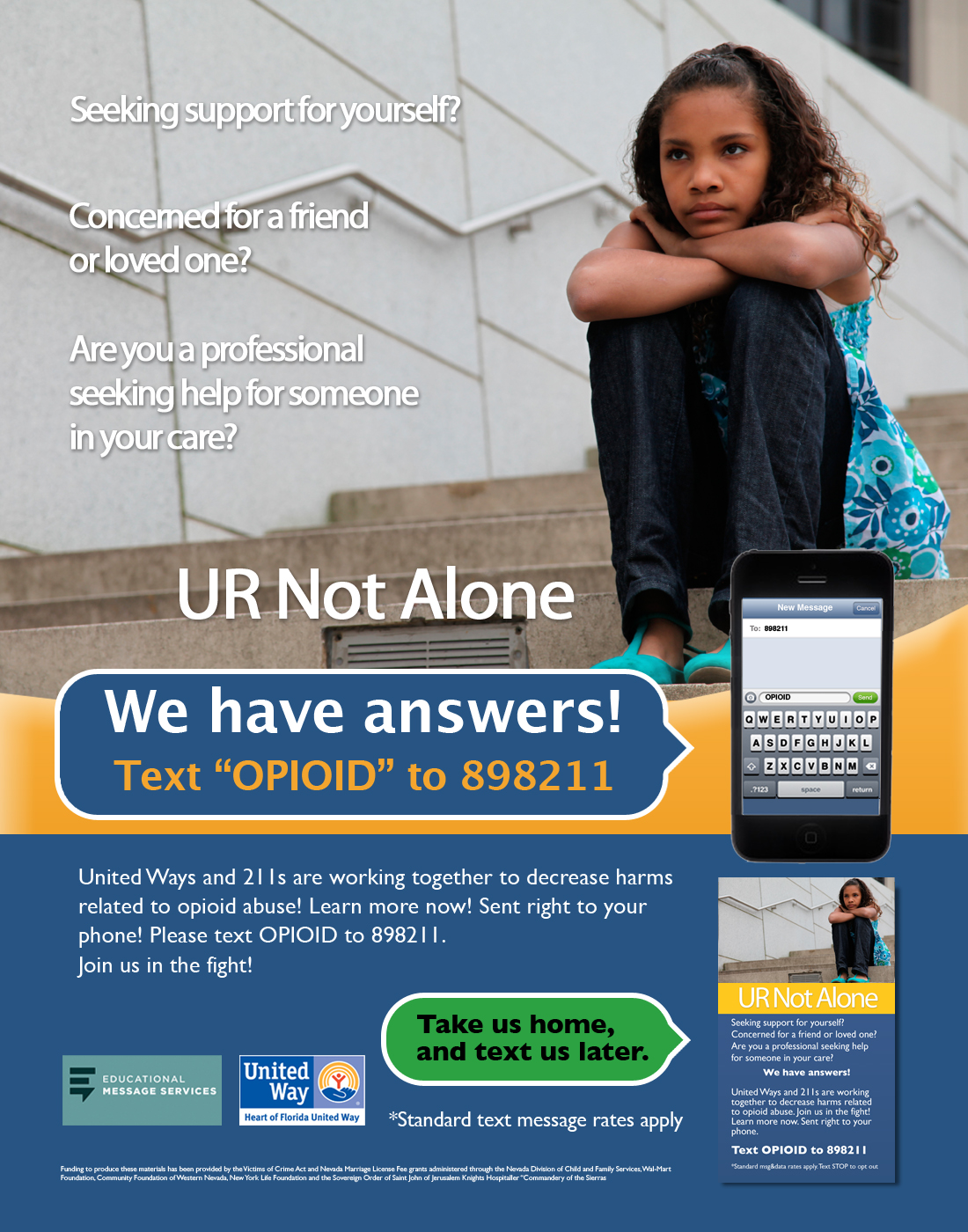This project (in many forms) is being piloted at various health and human service agencies (211, I&R and community impact programs) and we're very excited about how much impact this can/will have! This project was fundamentally designed to offer the very best of PreventionPays including options for live, two-way support, and integration with your CRM (Client Resource Management Solution), so that, as referrals are identified within your CRM, they can be automatically extracted from there and sent to the end user's mobile device and this is completely seamless to the end user! If you don't use a CRM and simply want to partner with agencies that do, please reach out! We want to hear from you! There are many layers to this work and will require partnerships across all sectors of the help-seeking ecosystem. This project will provide addresses/links to the most current, vetted resources in closest proximity to the individual's mobile device!
Are you interested in partnering with an agency from your local community? Email info@preventionpaystext.com and in the subject line, send "Opioid Text Project"!
GOALS:
1. Reduce harm/death from opioid/drug addiction!
Outcomes will be tracked and self-evident through the follow-up work with individuals that text the service.
AIMS
10% of the population in the target zone text the helpline.
50% of those that seek help, will follow through with the resources/help.
50% of those that follow through with the help will report they continue to receive ongoing support with meetings and other suggestions (as identified by the partner agencies and content curators).
The project is two-fold: marketing website updates/banners/messages/PSAs/Press Release/Local News and the text message program/sms mapping and opt-in protocols
Marketing:
Web banners for partner, community agency websites
School-based programs work really well; posters, brochures, take-away cards strategically placed in public/private spaces will encourage use of the text program.
Add posters and take-away cards in schools and community venues at little to no cost!
Text Module:
End user texts keyword to short code to begin automated Q&A to obtain end users' risk level and then provide end user with recs for treatment/support. (support also available for friends and family so that everyone in the community can gain something from texting the service! We are all impacted by addiction.
End user will get an automated survey querying for zip, county, age of individual that is seeking help.
End user will select whether they need long-term care w/ detox or short term care w/ detox or detox only.
This will trigger referrals to resources that are closest to them according to their need.
After the referrals are delivered, there is a follow-up text letting them know they can call 211 or text their zip code for more support.
5-7 days later: You requested help with “short-term care w/ detox” for yourself or a loved one. Did you find the information helpful?
Did you or your loved one enter treatment?
Please remember, 211 (or named agency) is here for you! if you need more assistance or would like to talk with someone at 211, please call 211 or text your zip code at any time.
Then, one week later: We’re thinking about you! We know seeking help for yourself is an emotional and difficult matter. We want to help.
If you want someone to talk to, call us or just text us and you’ll get a live response from one of our call specialists!
Then, 1-2 weeks later survey:
Did you make contact with the help you were given?
yes responses
Would you like a list of AA meetings for your area? Per request send additional tips/resources and statements of encouragement/hope etc.
no responses
Are you still looking for help with short-term care plus detox?
yes responses
Set a time to call or text with a Specialist
no responses
Please make sure to check with us. We realize there are several barriers to getting help. Please call us or text us so we can help you.
Evaluation:
The survey data and outcome data will be prepared in a formal document to be shared with participating agencies and funders.
Project aims and protocols will be published for replication/uses in other regions/states.
Goal: Reduce harm and cultivate better health outcomes! Present this project at conferences!
Interested in learning more about this project and others like it? email opioidtext@ustxt211.org
Want to partner? email opioidtext@ustxt211.org













